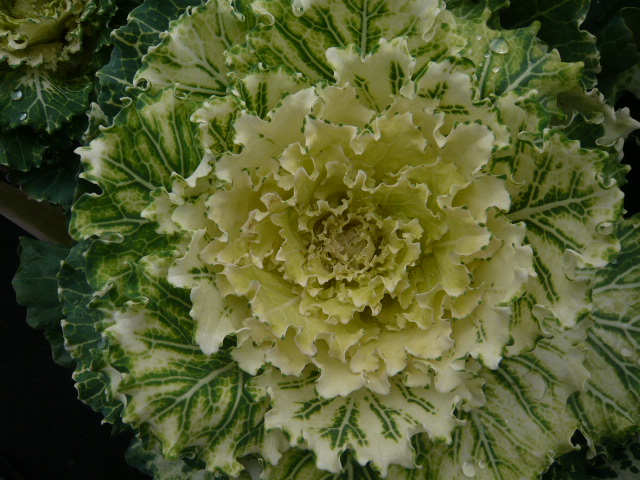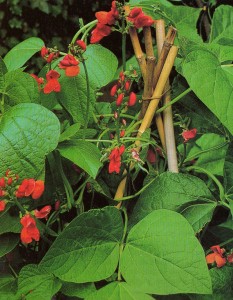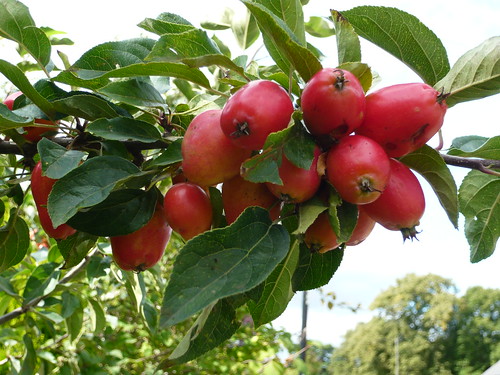
True nuts include Pecan, Sweet Chestnuts, Beechnuts, Acorns, Hazel nuts and Hornbeams. True nuts are a simple dry fruit with one seed in which the seed case becomes very hard on maturity. True nuts do not split apart like Brazil nuts or horse chestnuts but the seed and the fruit are one and the same.
Peanuts are not nuts, it may be hard to believe but they are peas or at least part of the Pea family. If you compare the pods of peas and peanuts you will see what we mean. Monkey nuts, groundnuts, Manila nuts, earthnuts and goobers are all just other names for peanuts.
Walnuts are not nuts but are botanically called ‘drupes’. This is a fruit with a fleshy outer coating enclosing a hard shell that contains a seed. Cashew nuts are drupe seeds from the poison ivy family and the seed lining contains an irritating lining. Almonds, pistachios and pine nuts are not nuts either.
Coconuts must be nuts then, no I am afraid not they are another drupe. Nor do coconuts contain coconut milk but coconut water. Coconut milk is made by grating the flesh into water then straining it.
Macadamia nut is just a creamy white kernel and Brazil nuts are seeds in a pod.
Drupes are also fleshy fruit, such as a peach, plum, or cherry, usually having a single hard stone that encloses a seed which may be why they are also called stone fruit.
Resources
QI researched by Molly Oldfield & John Mitchinson










